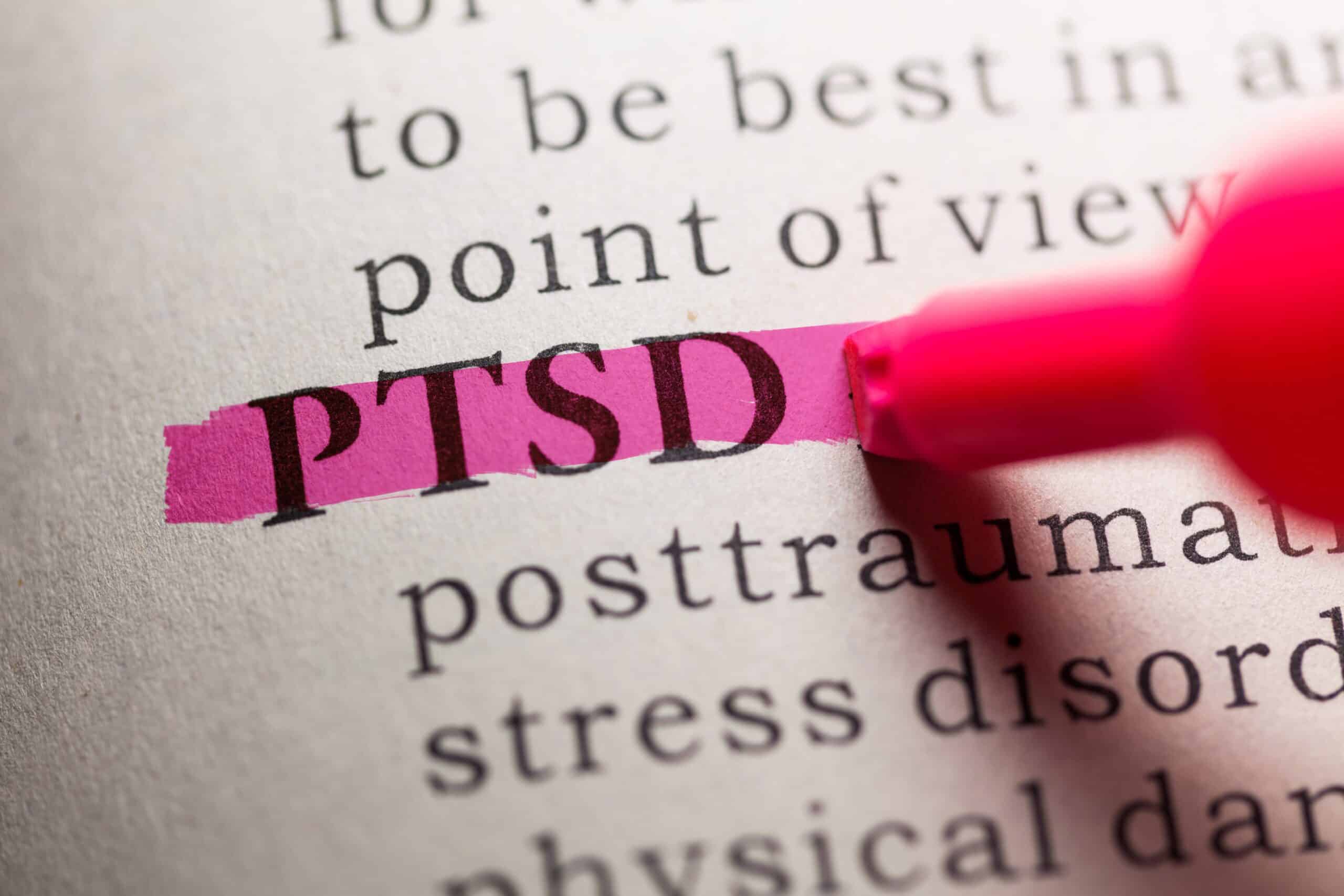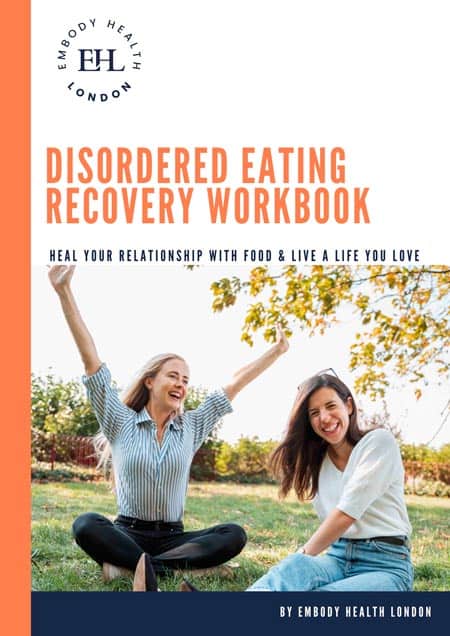Blog

Performing Pain– The Relationship Between Trauma History & Eating Disorders
Pain is a form of undoing. It causes us to unravel. It escapes, if not destroys, language (Scarry, E 1985, p.14). We revert to cries and screams in an attempt to make what is un-shareable and inarticulate understandable.
Yet, what about sometimes silent pain, the covert pain, the type of pain that leaves you mute and rejects translation – like emotional, physical, or psychological trauma?
When attempting to cope with traumatic incidents, eating disorders (ED), and consequently the alteration of physical shape becomes a means of potentially performing, expressing, and coping with the type of distress that a dictionary lacks words for. The body may become a medium of expression or bodily articulation – what escapes language can be expressed by the lexicon of the skin.
What may consume us is expressed by our over or under consumption.
It is the loudest, yet paradoxically quietest, primordial scream.
Studies suggest that early exposure to trauma (i.e. sexual abuse, domestic violence, grief etc) confer an increased risk for developing subsequent disordered eating (Backholm, K et al. 2013, p. 1), with estimates ranging from 37-100% of trauma history found amongst those with eating disorders (Scharff A et al. 2019, p. 1).
Such statistics illustrate how disordered eating/ eating disorders are not singularly nor simply an issue of image, but a self-destructive search for meaning, safety, security, and power in a body and/or mind that may feel unsafe or foreign.
Research further posits that disturbed eating behaviours, with associated body-image issues, may be a way of reclaiming the body following physical trauma (i.e. sexual trauma, domestic violence) through self-erasure (reducing physical size by way of restriction) or increasing corporeality (by way of non-compensatory binge/ over-eating) to avoid unwanted attention or adhere to socially conditioned ideals of female desirability (Ibid. p.5)
Consequently, individuals with a history of trauma typically experience more acute disordered eating psychopathology (Ibid, p.2), with an increased risk/ prevalent of post-traumatic stress disorder (Scharff, A et al. 2019, p.2) and appears to be more prevalent in binge/ purge subtypes of EDs and less common in more restrictive forms of eating disorders (Backhold, K et. Al 2013, p. 2).
Emotional dysregulation appears to be intimately linked to disordered eating behaviours. This may be understood as the inability to understand or accept emotions; a lack of ability to control behaviours and/or impulses when experiencing emotional distress; the incapacity to implement adaptive approaches when dealing with intense adverse emotional experiences; and an unwillingness or avoidance to experience emotional distress or eustress (the beneficial form of stress) that may be encountered in everyday life (Weiss, H et al. 2012, p. 452).
As such, emotional dysregulation can result in disordered or disturbed eating patterns as a means of self-management, self-soothing and a distraction from uncomfortable feelings and emotions.
As a result, individuals with disturbed eating and associated mental health conditions may require more intensive treatment to attain mindfulness and counteract avoidant or impulsive behaviours (e.g. binge-eating) (Ibid, p.2).
Yet, those with a history of trauma atypically, as research illustrates, have higher rates of relapse and early termination of treatment when compared to other ED patients without these histories (Backhold, K et. Al 2013, p.11). Therefore, it is paramount that both weight and a sense of mental wellness in addition to more positive coping mechanisms are restored and reinforced.
What can we deduce from the studies and bodily inscriptions of emotional pain?
- Individuals with a history of trauma may be predisposed or more susceptible to dysregulated or disordered eating.
- Eating disorders and disturbances in culmination with trauma history are less likely to be an image issue, but a means of self-soothing, a physical distraction from emotional discomfort, or a way to seek meaning, security, and safety.
- Disturbed eating behaviours may also be a way of reclaiming the body following physical trauma
- More intensive and long-term treatment is often required in patients presenting eating disorders with a trauma history; yet these individuals are more likely to relapse and less likely to pursue prolonged treatment.
At Embody Health London our clinical approach is trauma-informed and we acknowledge the complexities of eating disorders origins. We are also proud to share we frequently work alongside other health professionals in the fields of psychiatry and psychology to ensure client-cantered care.
Please contact us at [email protected] for more information on how we can help you on your journey towards healing your relationship with your body and mind in our trauma-sensitive practice.
Charlotte Munro, BSc
EHL Team x
References
Backholm, K et al (2013), ‘The Prevalence and Impact of Trauma History in Eating Disorder Patients’, European Journal of Psychotrauma, pp. 1-8. doi: 10.3402/ejpt.v4i0.22482
Emamzadeh, A (2020), What Is the Relation Between Eating Disorders and Trauma? (Accessed 9th October 2020)
Hicks White, A et al. (2018), ‘The Relationship Between Trauma and Weight Status Among Adolescents in Eating Disorder Treatment’, Appetite, 129, p.62-69. doi: 10.1016/j.appet.2018.06.034
Mind (2020) Trauma. Available at: https://www.mind.org.uk/information-support/types-of-mental-health-problems/trauma/about-trauma/ (Accessed: 10th October 2020)
Scharff, A et al (2019), ‘Comparing the Clinical Presentation of Eating Disorder Patients with and without Trauma History and/or Comorbid PTSD’, Eating Disorders: The Journal of Treatment and Prevention’, pp. 1-15. doi: 10640266.2019.164203
Weiss, N et al. (2012), ‘Impulsive Behaviors as an Emotion Regulation Strategy: Examining Associations between PTSD, Emotion Dysregulation, and Impulsive Behaviors among Substance Dependent Inpatients’, Journal of Anxiety Disorders, 26(3), pp. 453- 458 doi: 10.1016/j.janxdis.2012.01.007
Brewerton, T et al. (2018), ‘Sensation Seeking, Binge-type Eating Disorders, Victimization, and PTSD in the National Women’s Study’, Eating Behaviours, 30, pp. 120-124. doi: 10.1016/j.eatbeh.2018.07.001














